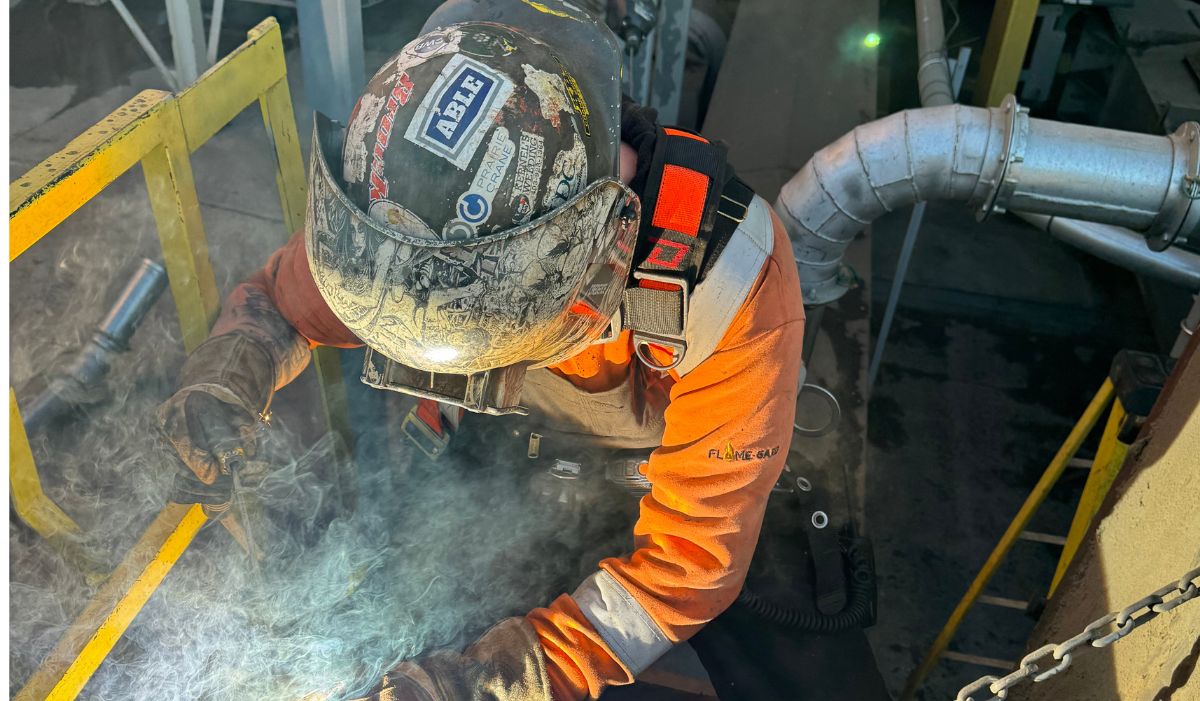Key Trends in Welding Services That Will Shape the Future of Construction
As the construction industry evolves, welding services are not left behind. From ancient times to the futuristic approach, welding has always played a crucial role in building structures. This blog explores the latest trends in welding services that are setting the pace for tomorrow’s construction.
The Rise of Automation in Welding
The construction industry is increasingly embracing automation, and welding services are at the forefront of this revolution. With the advent of advanced robotics, automated welding is becoming more precise and efficient, resulting in higher quality joints and faster project completion times. As technology continues to evolve, we’re seeing an uptrend in remote welding operations and the use of AI to optimize welding parameters for specific tasks. This shift towards automation is not just a fleeting trend; it’s a significant movement that is reshaping the landscape of construction welding services.
Green Welding Technologies for Sustainable Construction
Sustainability is a hot topic across all industries, and welding services are no exception. Innovations in welding technology are paving the way for greener construction practices. Techniques like friction stir welding and the use of environmentally friendly consumables are minimizing the ecological footprint of construction projects. Moreover, advancements in welding equipment are reducing energy consumption and emissions, aligning welding practices with the global push towards sustainability. As the industry leans more into eco-friendly operations, green welding technologies are poised to become a standard.
Advanced Materials: The New Frontier in Welding Services
The exploration of new materials and composites is driving innovation in welding services. From ultra-high-strength steels to novel polymer composites, these materials require sophisticated welding techniques and knowledge. Advanced materials are challenging welders to adapt and innovate, fostering a wave of research and development in the industry. These materials are not just enhancing the strength and durability of structures but are also introducing new possibilities in design and architecture. As the use of these advanced materials grows, welding services are set to play a crucial role in bringing visionary construction projects to life.
The Impact of 3D Printing on Welding Practices
3D printing is revolutionizing the construction industry, and welding services are integral to this transformation. This technology enables the fabrication of complex, custom-designed components with precision and efficiency. Welding plays a fundamental role in assembling these 3D printed parts, especially in large-scale construction applications. 3D printing in construction is pushing the boundaries of what’s possible, allowing for more innovative and intricate designs. As 3D printing technology continues to evolve, welding services will be essential in integrating these groundbreaking methods into mainstream construction processes.
Augmented Reality (AR) and Virtual Reality (VR) in Welding Training and Operations
The future of welding training and operations is being shaped by advancements in AR and VR technologies. These tools are enhancing the learning experience for welders, allowing for simulated environments where they can hone their skills without the risks associated with traditional welding. Furthermore, AR and VR are being used in planning and executing complex welding tasks, providing real-time guidance and ensuring precision. The incorporation of these technologies into welding practices is not only improving the quality of training but also increasing efficiency and safety on construction sites.
Challenges and Solutions in Modern Welding Services
Despite the exciting advancements in welding services, the industry faces its share of challenges. The skills gap remains a significant issue, with a growing demand for skilled welders who are proficient in new technologies. Additionally, maintaining quality and safety standards in the face of rapid technological changes presents ongoing challenges. However, solutions are emerging, such as enhanced training programs, certifications, and the adoption of industry best practices. By addressing these challenges head-on, the welding services industry is poised for sustained growth and innovation.
Welding the Future of Construction
Understanding these welding service trends is essential for anyone involved in the construction industry. They not only highlight the direction in which construction methodologies are headed but also underscore the importance of adaptability, sustainability, and technological advancement in shaping the future. As we move forward, keeping an eye on these trends will be key to staying at the forefront of construction innovation.



